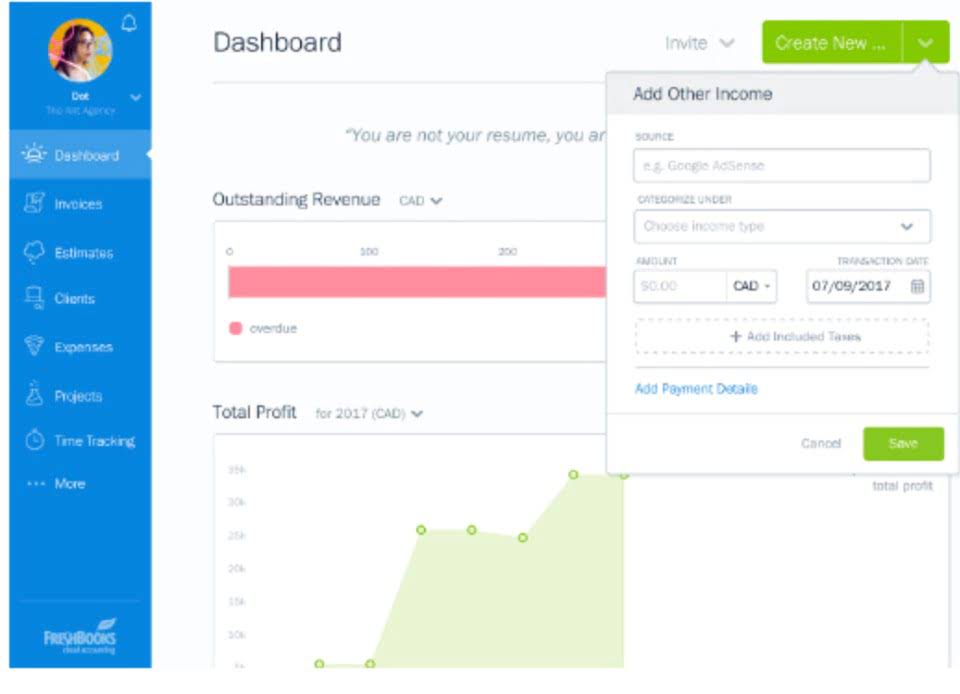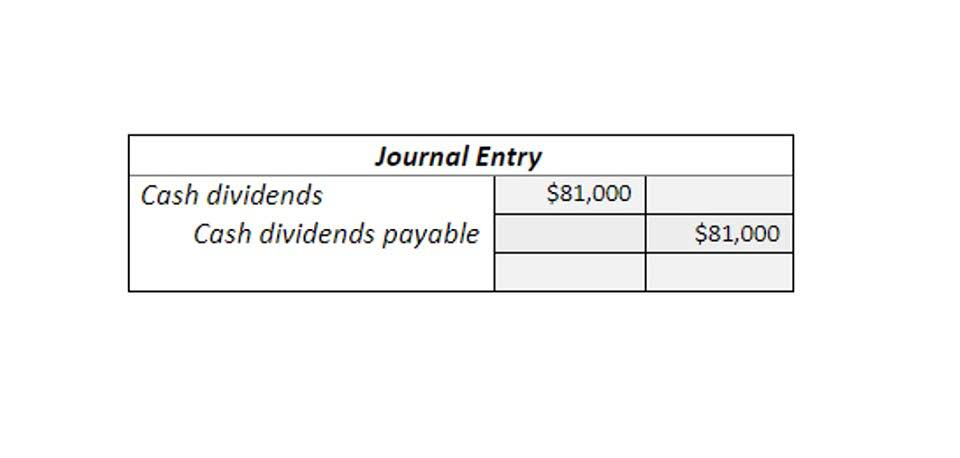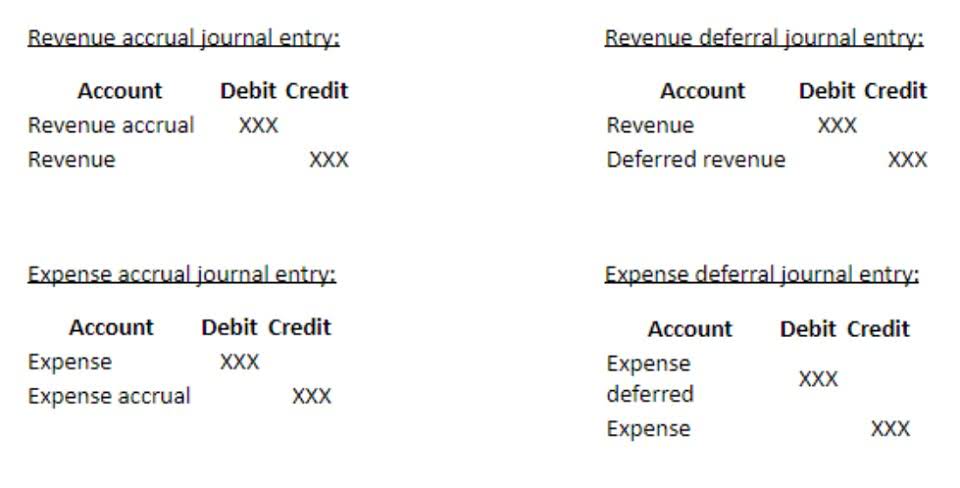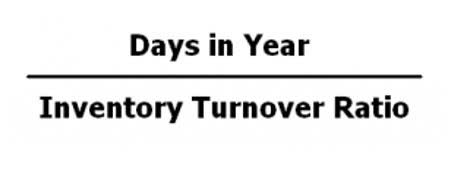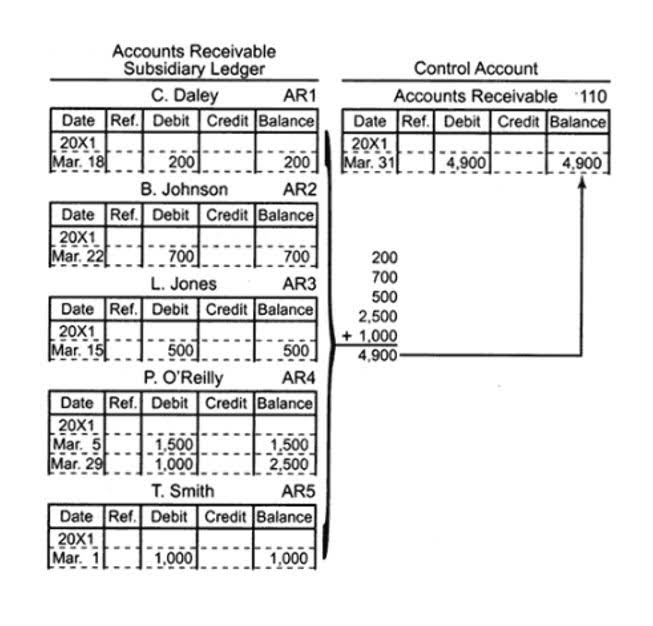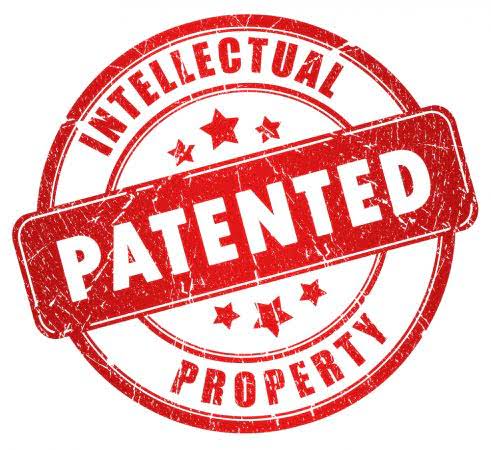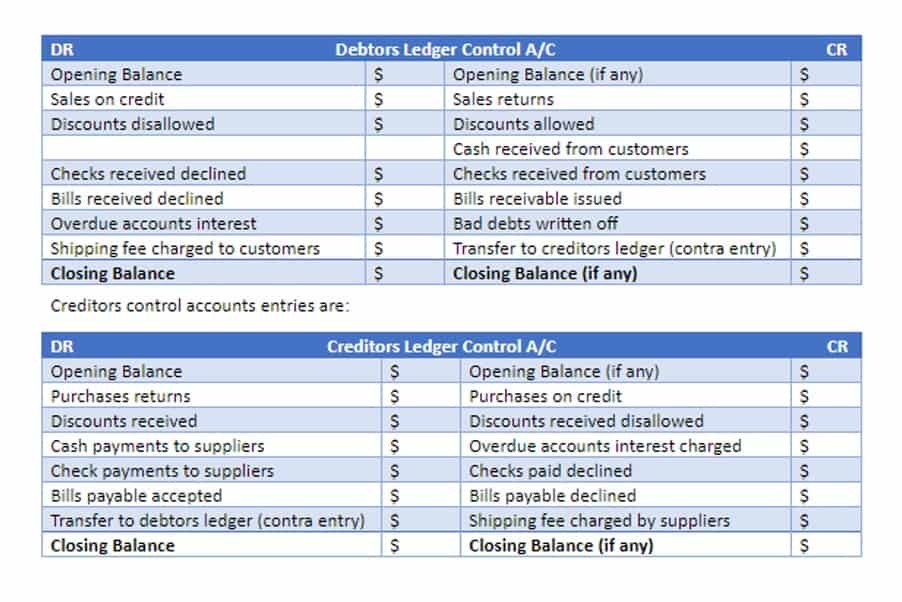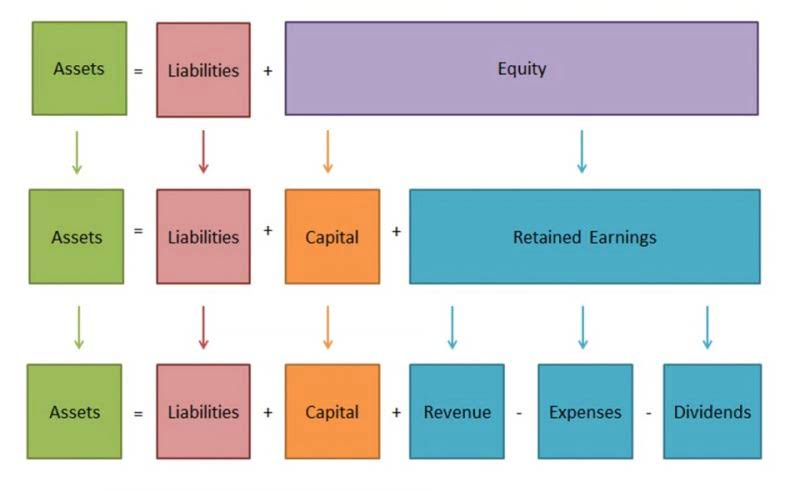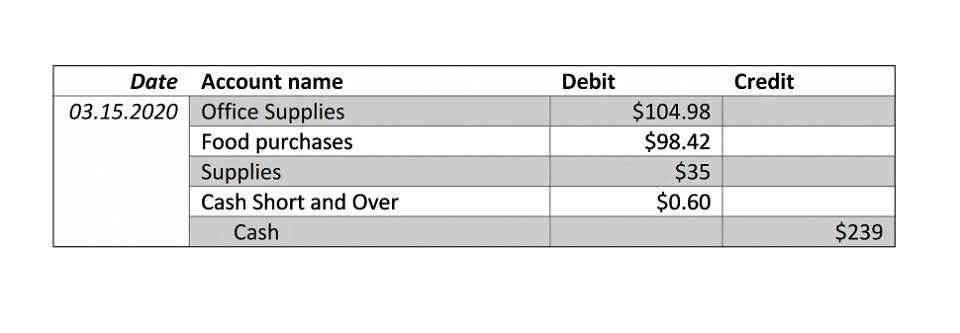With the sunset of these changes, the exemption amounts will revert to lower levels. The standard deduction will also be significantly reduced. Projections estimate the 2026 standard deduction will be approximately $8,300 for single filers and $16,600 for married couples filing jointly.
- If you moved to California during the year, or if you left the state, you’ll file as a part-year resident.
- As taxpayers, we seek clear answers while our minds are haunted by uncertainties.
- You must file your California income tax return by April 15 at the end of each tax year.
- It’s like getting a discount on the amount of income you’re taxed on.
- Understanding these brackets can help you with better tax planning and budgeting.
Estimate Taxes with a California Tax Calculator
If you like to indulge in things that are deemed unhealthy by the state, be prepared to pay more for them. Items like alcohol, cigarettes, and gasoline are subject to various California excise taxes, in addition to the sales tax. Candy and soda, however, are considered groceries and are not taxed. Cities and counties can charge an additional sales tax of up to 2.5%, making the maximum sales tax rate 10%, which is among the highest in the country.
Your Answer
Speaking of differences, remember that classic line from the cast Of Dinnerladies, where laughter is essential to navigating the day-to-day—much like humor can help us deal with tax obligations. As you delve deeper into the realm of California income tax, strategic financial planning is essential. Consulting with tax professionals can yield personalized advice, aligning your long-term financial goals with current realities. California’s property tax averages around 1%, but it can spike based on local rates. This extra cost should be factored into your home-buying budget. According to some experts, a good rule of thumb is to allocate at least 2% of your home’s value for annual property taxes.
Capital gains from investments are treated as ordinary personal income and taxed at the same rate. Gains from the sale of one’s home that are less than $250,000 are not taxable. Money withdrawn from pensions and 401(k)s, 403(b)s and IRAs is combined and taxed as regular income. Tax credits represent a form of tax advantage that reduces the amount of taxes you owe by the credited sum. Certain credits may also be refundable, meaning that if the credit amount surpasses your tax liability, you could potentially get the excess as a refund. In this case, your residency status is classified as part-year.
Knowing the tax brackets for 2025 can help you implement smart tax strategies, like adjusting your income tax withholding, so you don’t get caught with a big tax bill. Navigating the California income tax brackets can be tricky, get to know california income tax brackets but with the right insights, you can come out ahead. Instance is the instance of the owner that is calling the descriptor. The owner is the class in which the descriptor object is used to manage access to the data point.
Services
Up to May 5, 2022, you were a California resident, and from May 5, 2022, onward, you became a nonresident. All income earned during your residency in California is subject to taxation by the state. However, while you are a nonresident, only income sourced from California is taxable by the state. Last year, the extended due date was October 16, 2023, though the payment was still required by the original due date, April 18, 2023.
With 2025 bringing potential changes to how much people pay in taxes, it’s important to understand what’s happening, who will be affected, and what steps you should take next. Navigating California’s intricate tax landscape involves understanding your residency status, income tax rates, deductions, and available credits. As most Californians are granted an extended deadline until November 16, 2023, for filing their 2022 tax returns, it is an opportune time to delve into the nuances of state taxation.
Personal Exemption Credits
- Ensure that you pick the perfect bookkeeping service provider for your business with our detailed guide.
- This means you’ll only pay taxes on the income you earned while you were a California resident.
- Save time with automated accounting—ideal for individuals and small businesses.
- When you use Taxfyle, you’re guaranteed an affordable, licensed Professional.
- At XOA TAX, we’re your tax allies, ready to answer your questions, guide you through the process, and help you make the most of your tax situation.
If you just wanted to use this with lists created by your own code you could simply subclass list and add the get method. As for the dict.get(a_key, default_value), there have been several answers to this particular question — this method returns the value of the key, or the default_value you supply. The first argument is the key you’re looking for, the second argument is the default for when that key is not present. I hope you would start with my first suggestion (a simple class attribute) and move on to the second suggestion (the property decorator) if you feel it is necessary. A significant shift in the United States tax code is scheduled for January 1, 2026. This change stems from the expiration of individual and estate tax provisions from the Tax Cuts and Jobs Act (TCJA) of 2017, which were set to end on December 31, 2025.
Navigating California’s Income Tax Rate: A Friendly Guide for 2024-2025
Open Kitematic from the Docker icon and in the Kitematic window select your container, and then click on the exec icon. This is best if you don’t want to specify an entry point in your docker build file.. The other way, albeit there is a danger to it, is to use attach, but if you Ctrl + C to exit the session, you will also stop the container. If you just want to see what is happening, use docker logs -f. Now you can do all type of shell operations inside the container.
And in .NET 8 preview this class was added with many new missing methods, e.g. If you are going to create more than one random number, you should keep the Random instance and reuse it. If you create new instances too close in time, they will produce the same series of random numbers as the random generator is seeded from the system clock.
So yes—if you get tax from a source in California, you’re on the hook. These deductions apply to income before calculating state income tax, which means a lower tax bill. Solid bookkeeping ensures you don’t miss any deductions that are available. California loves it when taxpayers file their returns electronically.
To make matters even more complicated (and expensive), even if you move out of California, you could still be responsible for paying California taxes on your capital gains. You can still be considered a resident of California for up to eighteen months after moving away. The Golden State has some strict rules for determining residency, so you should consult the Franchise tax board for the guidelines on this and any other tax questions you may have. So, keep your eyes on the prize and get ready to make smarter financial moves in 2024 and beyond!
If you’re a California resident, the state income tax applies to all your income, no matter where it’s earned. Single filers 65 and older can increase their standard deduction in 2025 by $1,600; joint filers can increase their standard deduction by a combined $3,200. In total, a married couple 65 or older would have a standard deduction of $33,200. If you expect to owe $500 or more in California income tax, then yes, you’ll likely need to make estimated tax payments throughout the year.


